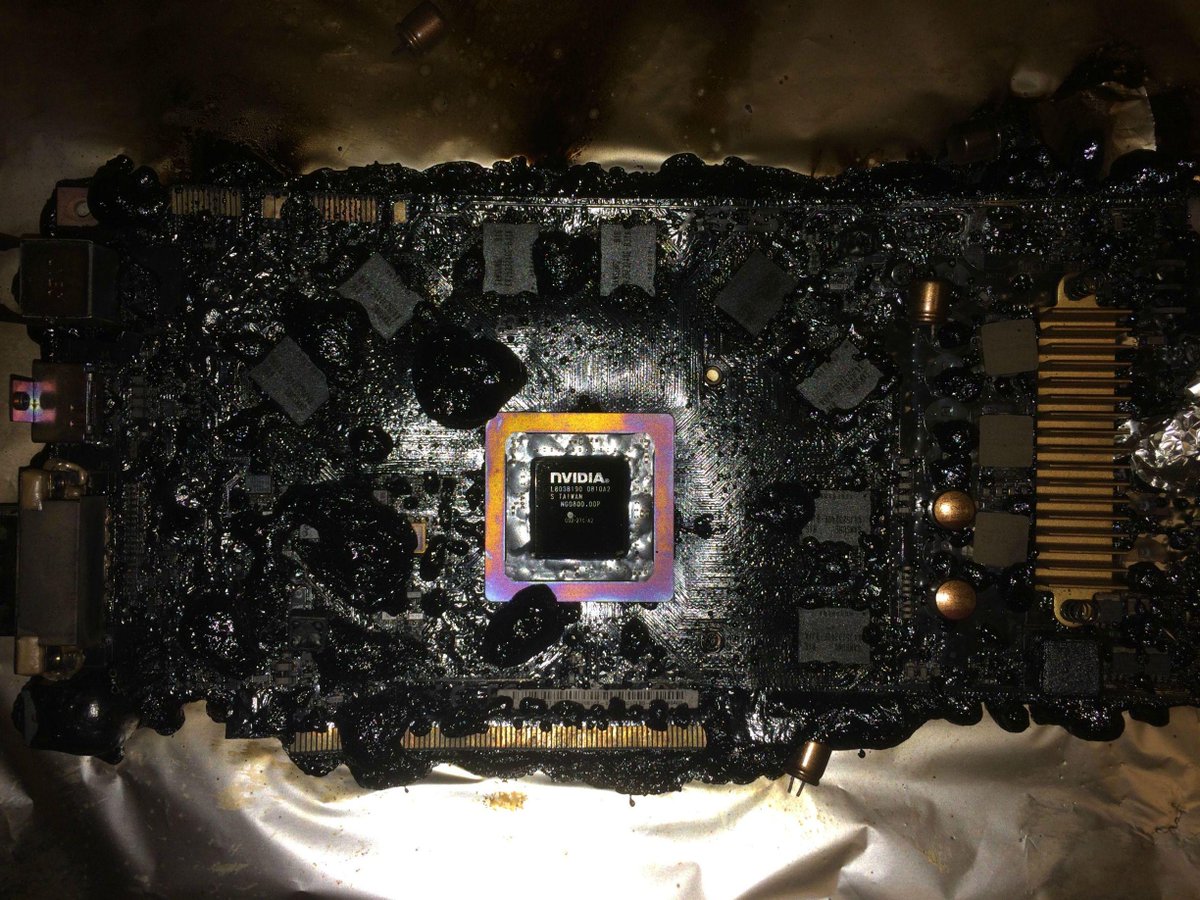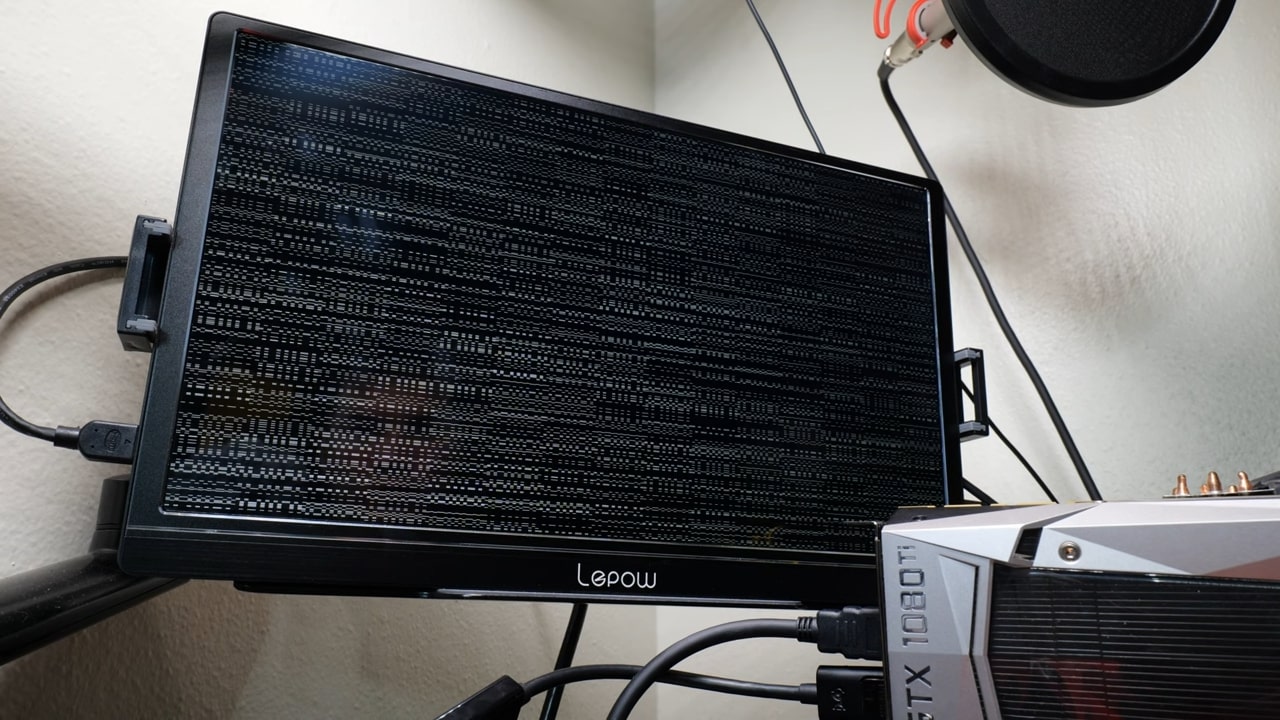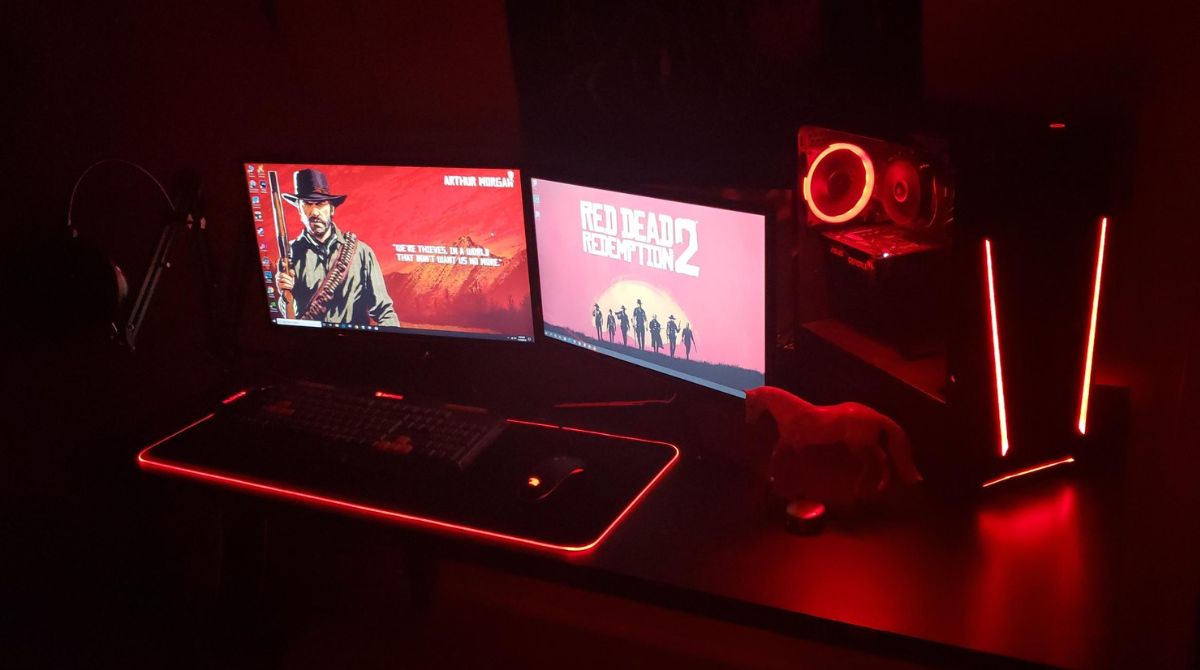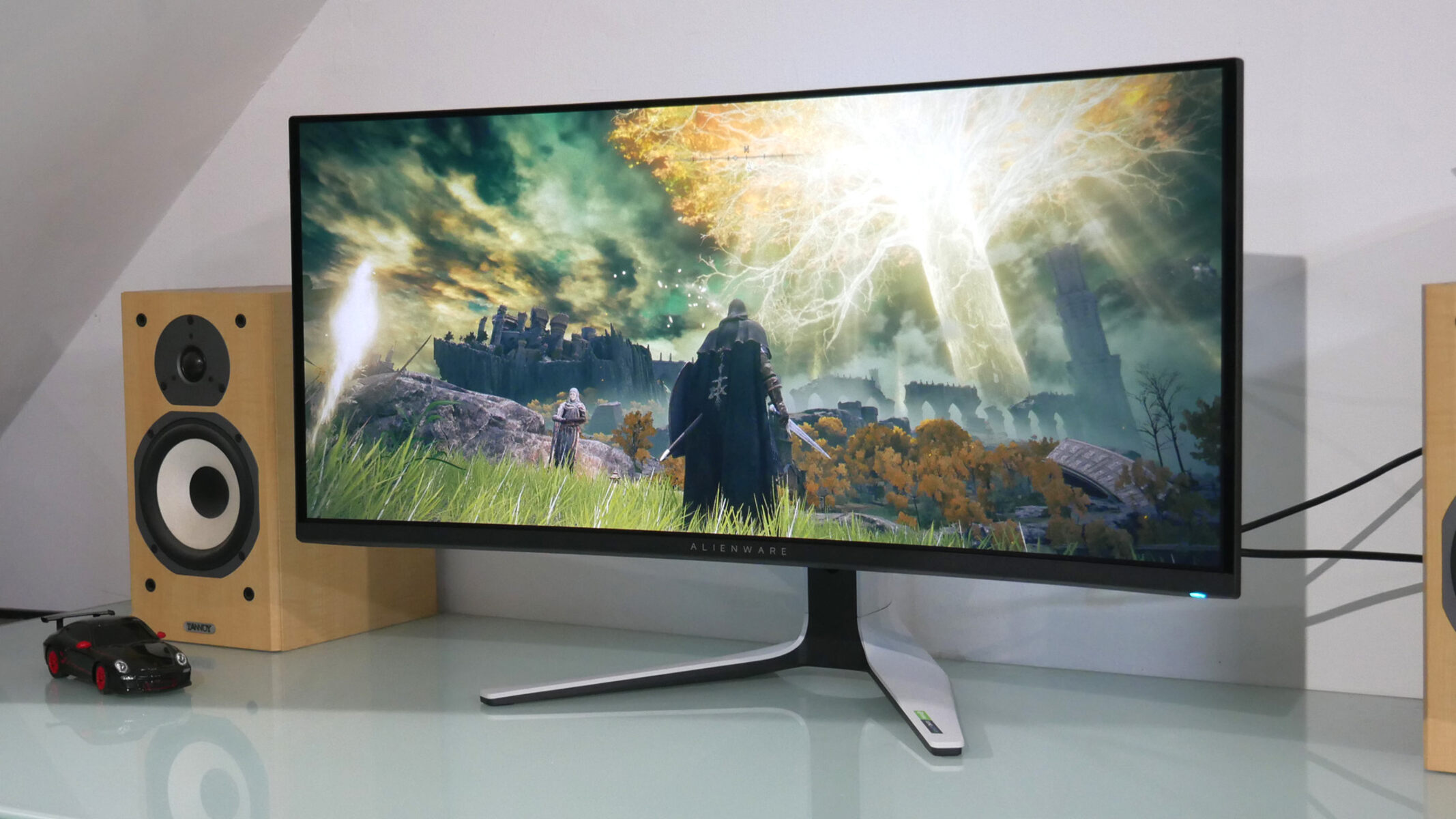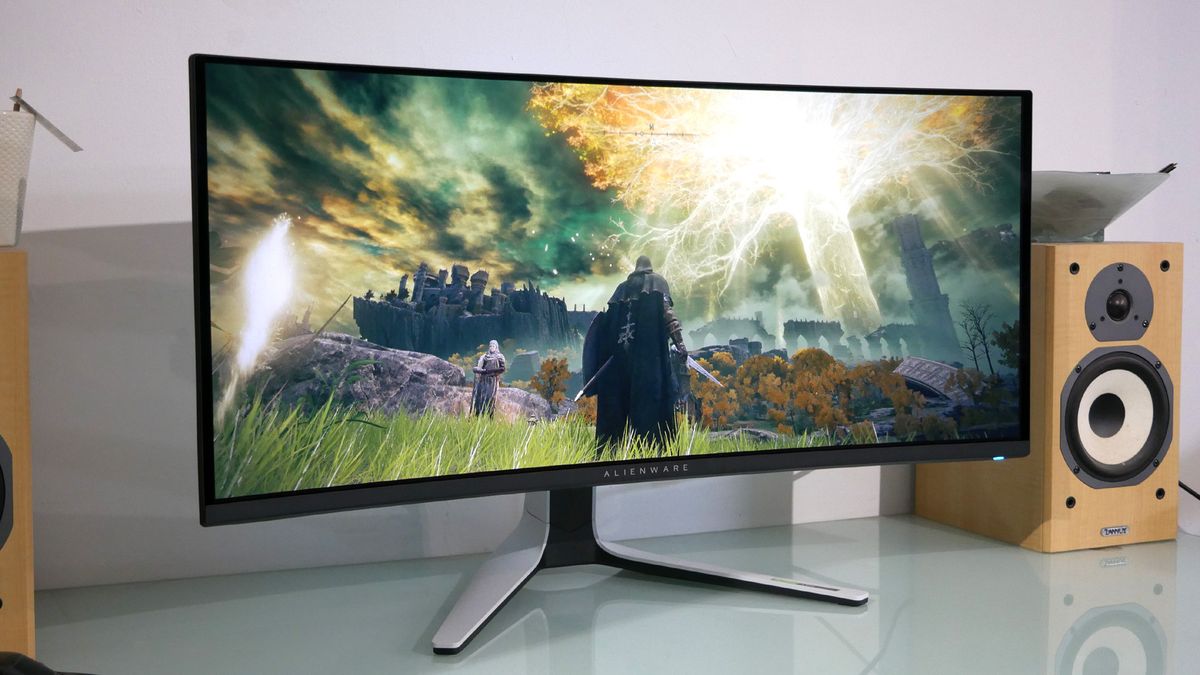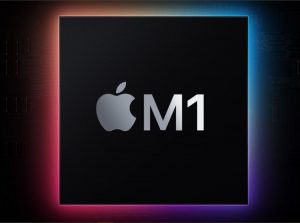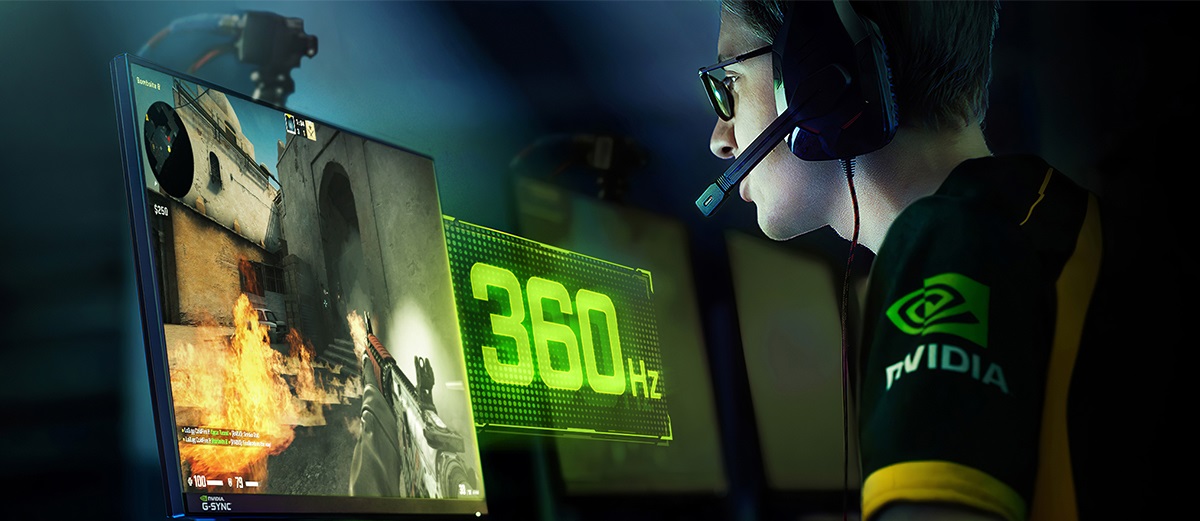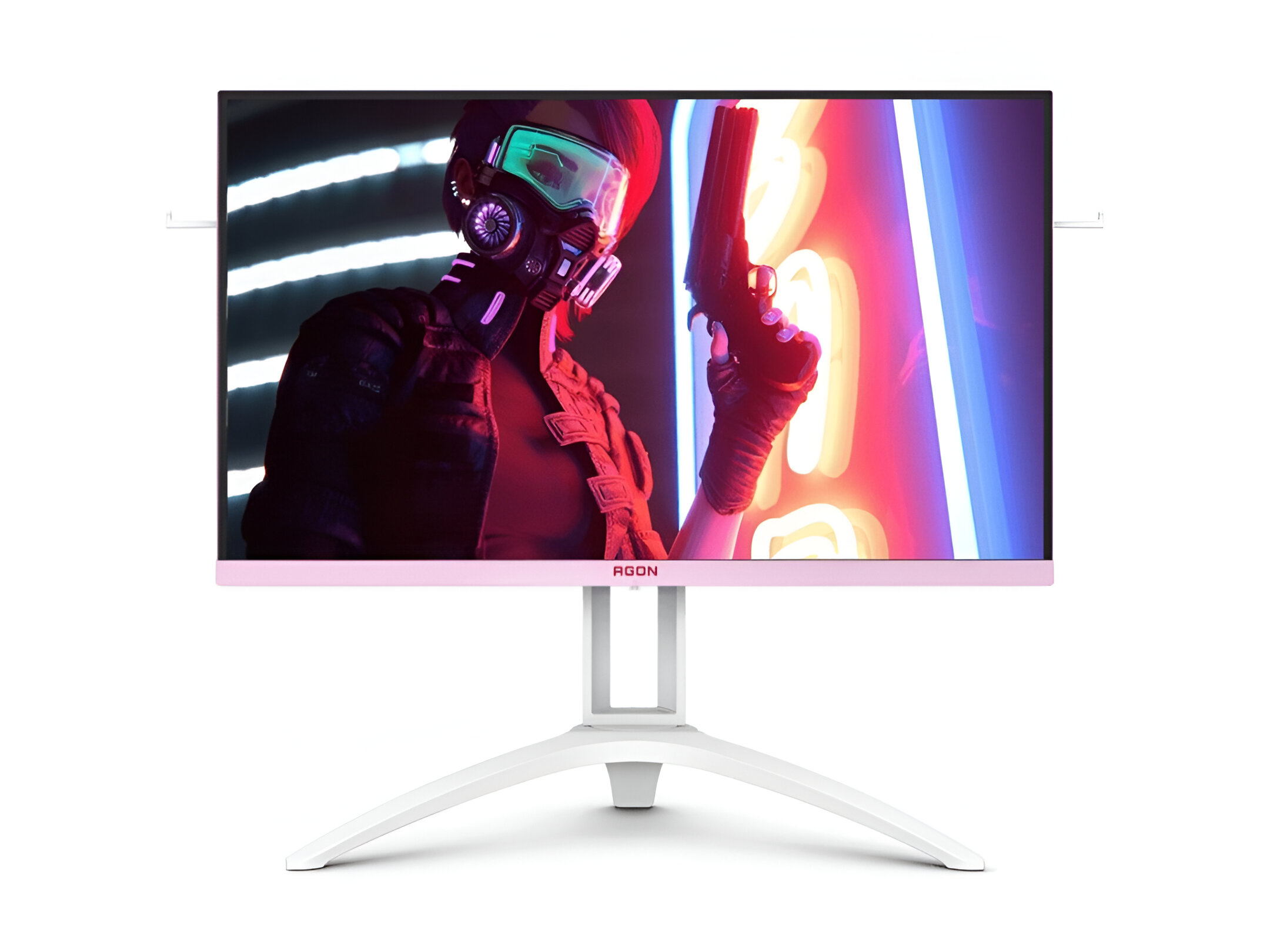Signs that your GPU may be dead
Your GPU, or Graphics Processing Unit, is a critical component of your computer that handles the rendering and display of graphics. When it starts malfunctioning or fails completely, it can severely impact your system’s performance and functionality. Identifying the signs of a dead GPU is crucial in order to take the necessary steps to resolve the issue. Here are some common indicators that your GPU may be dead:
- No display or distorted display: One of the most obvious signs of a dead GPU is when your monitor fails to display anything or shows distorted images. You may see random artifacts, lines, or flickering on the screen. If you’ve tried connecting your monitor to another device and it works fine, it could be a clear indication of a dead GPU.
- Computer crashes or freezes: A faulty GPU can cause your computer to crash or freeze frequently, especially when performing graphics-intensive tasks such as gaming or video editing. If you experience sudden system freezes, accompanied by a blank screen or colored lines, it’s likely that your GPU is failing.
- Unusual noises or burning smells: When a GPU is overheating or experiencing electrical issues, you may hear strange noises coming from your computer, such as buzzing or clicking sounds. Additionally, a burning smell could indicate that the GPU is damaged or malfunctioning. In such cases, it’s crucial to shut down your system immediately to prevent further damage.
- Artifacts and graphical glitches: If you notice graphical artifacts or glitches appearing on your screen, such as flickering pixels, random blocks of colors, or strange patterns, it’s likely that your GPU is failing. These visual anomalies are often a result of hardware damage or insufficient cooling.
- Driver-related issues: Sometimes, a dead GPU can manifest as driver-related issues. You may encounter frequent driver crashes or be unable to install or update graphics drivers properly. In such cases, it’s important to rule out software-related problems before concluding that the GPU is dead.
Keep in mind that these signs are not definitive proof that your GPU is dead. There could be other underlying issues that are causing similar symptoms. However, if you’ve ruled out other possibilities and are experiencing multiple, consistent signs mentioned above, it’s highly likely that your GPU has reached the end of its life.
Common causes of GPU failure
A GPU failure can occur due to various reasons, and understanding these common causes can help you prevent future issues and ensure the longevity of your graphics card. Here are some common factors that can lead to GPU failure:
- Overheating: Overheating is one of the primary causes of GPU failure. Continuous and excessive heat can damage the delicate components of the graphics card, leading to malfunctions or complete failure. Dust buildup, insufficient cooling, or overclocking without proper precautions can contribute to overheating.
- Power supply issues: Inadequate or unstable power supply to the GPU can result in failures. Insufficient power can cause the graphics card to perform suboptimally, and power spikes or fluctuations can damage the GPU over time. It is essential to use a reliable power supply unit (PSU) and ensure it can handle the power requirements of your GPU.
- Physical damage or mishandling: Dropping your computer, mishandling the graphics card, or improperly installing it can cause physical damage that may result in GPU failure. It is important to handle your components with care, follow installation guidelines, and avoid excessive bending or pressure on the GPU.
- Age and wear: Like any electronic component, GPUs have a limited lifespan. Over time, the constant use of your graphics card can lead to wear and tear, decreasing its performance and eventually causing it to fail. Regular cleaning, maintenance, and monitoring can help prolong the life of your GPU.
- Manufacturing defects: While relatively rare, manufacturing defects can lead to premature GPU failure. These defects can include poor soldering, faulty components, or design flaws. If you experience GPU failure shortly after purchasing a new graphics card, it may be worth contacting the manufacturer for warranty coverage or replacements.
Understanding the common causes of GPU failure can help you take proactive measures to prevent or mitigate the risks. Regularly cleaning the graphics card, ensuring adequate cooling, using a stable power supply, and handling components with care are essential steps in maintaining the health and longevity of your GPU.
How to troubleshoot a dead GPU
When you suspect that your GPU may be dead, it’s important to follow a systematic approach to troubleshoot the issue. Here are some steps you can take to diagnose and potentially resolve the problem:
- Check the connections: Ensure that all cables, including the power cables, are properly connected to the GPU and the motherboard. A loose connection can cause the GPU to malfunction or not be detected at all.
- Test with another monitor and cables: Sometimes, the issue may lie with the monitor or the cables. Try connecting your GPU to another monitor with different cables to rule out potential problems with the display device.
- Reset the GPU: Remove the GPU from its slot and reinsert it firmly. This can help re-establish proper contact between the GPU and the motherboard, resolving any connectivity issues that may be causing the problem.
- Clean the GPU and check for visual damage: Use compressed air or a soft brush to clean any dust or debris on the GPU. Inspect the card for any obvious signs of physical damage, such as burned or bulging capacitors. Physical damage may require professional repairs or a replacement.
- Test the GPU in another system: If possible, try installing the GPU in another computer to see if it works. If it does, then the issue may lie with your computer’s motherboard or power supply. If the GPU still doesn’t work, it’s a strong indicator that the graphics card itself is faulty.
- Update or reinstall drivers: In some cases, GPU issues can be resolved by updating or reinstalling the graphics card drivers. Visit the manufacturer’s website to download the latest drivers and follow the instructions for installation.
- Consult with a professional: If you’ve exhausted all troubleshooting options and your GPU is still not functioning, it may be time to seek professional assistance. A qualified technician or computer repair shop can diagnose the problem accurately and provide recommendations for repairs or replacement.
Remember to approach troubleshooting with caution and avoid attempting complex repairs if you’re not confident in your abilities. It’s best to seek professional help if you’re unsure or uncomfortable with performing certain tasks.
Steps to determine if your GPU is dead
If you suspect that your GPU is dead and want to confirm the issue, there are several steps you can take to determine its status. Here’s a guide on how to assess if your GPU is truly dead:
- Check for power: Verify that the GPU is receiving power by checking if the fan on the graphics card is spinning when the computer is turned on. If there is no power, double-check the power connections and try a different power cable or port.
- Inspect for physical damage: Examine the GPU for any visible signs of physical damage, such as burnt-out components or melted connectors. If you notice any obvious damage, it’s likely that your GPU is dead and needs to be replaced.
- Test with a different GPU: If possible, swap out the suspected dead GPU with a different one that you know is working. If the replacement GPU functions properly in your system, it confirms that the original GPU is dead.
- Check the Device Manager: Open the Device Manager in your operating system and look for any error messages associated with the GPU. If your GPU is not detected or if there are error codes displayed, it could indicate a dead GPU.
- Try an external GPU: If your computer has the necessary ports, you can connect an external GPU enclosure or docking station to test your GPU. If the external GPU works fine while the internal one does not, it’s a strong indication that your GPU is dead.
- Contact technical support: If you’ve exhausted all the steps above and are still unsure about the status of your GPU, reach out to the manufacturer’s technical support. They can provide specific guidance based on the make and model of your GPU and may be able to offer additional troubleshooting steps or warranty options.
Remember that even if your GPU is determined to be dead, it doesn’t mean that all hope is lost. You have the opportunity to replace it with a new GPU or explore upgrading your system to meet your desired performance needs.
What to do if your GPU is dead
Discovering that your GPU is dead can be frustrating, but there are several courses of action you can take to address the issue and get your computer back up and running:
- Confirm the warranty: Check if your GPU is still under warranty. If so, contact the manufacturer to inquire about repair or replacement options. They may offer to fix the GPU free of charge or provide a replacement if the GPU failure falls within the warranty period.
- Consider professional repairs: If your GPU is no longer under warranty, you can seek the services of a reputable computer repair specialist. They can diagnose the issue and provide a repair quote. However, keep in mind that repair costs can sometimes approach or exceed the price of a new GPU.
- Upgrade your GPU: If you’ve been considering upgrading your GPU, a dead GPU presents an opportunity to do so. Research and find a suitable replacement that meets your requirements in terms of performance and compatibility. Upgrading your GPU can give you improved graphics capabilities and enhance your overall computing experience.
- Assess your system requirements: Take this opportunity to evaluate your system’s needs and determine if other components need upgrading as well. Upgrading your CPU, adding more RAM, or investing in a larger power supply unit (PSU) can complement a new GPU and optimize your computer’s performance.
- Sell or repurpose the remaining components: If you decide to upgrade your GPU, you can consider selling the remaining components of your old graphics card, such as the heatsink or fans, on online marketplaces. Alternatively, you can repurpose them for other projects or keep them as backup parts.
- Perform regular backups: GPU failure can sometimes result in data loss. To prevent this in the future, it’s crucial to regularly back up your important files and documents. This ensures that even in the event of a dead GPU, you won’t lose valuable data.
Keep in mind that prevention is always better than cure. Taking steps to prevent GPU failure, such as maintaining proper cooling, cleaning your system regularly, and using a stable power supply, can help extend the lifespan of your new GPU and minimize the likelihood of future issues.
Preventive measures to avoid GPU failure
Protecting your GPU from failure is crucial to ensure the longevity and optimal performance of your computer. By implementing the following preventive measures, you can minimize the risk of GPU failure and maintain the health of your graphics card:
- Proper cooling: Ensure that your computer has adequate cooling systems in place, including case fans and a CPU cooler. Good airflow helps dissipate heat and prevents the GPU from overheating, which can lead to failure. Regularly clean dust and debris from fans and heatsinks to maintain efficient cooling.
- Monitor temperatures: Use software utilities to monitor your GPU’s temperature regularly. Set up warnings or alarms to notify you if the temperature exceeds safe limits. If you notice consistently high temperatures, consider adjusting your computer’s fan speeds or applying more effective thermal paste to the GPU.
- Avoid overclocking: While overclocking can increase performance, it also puts additional stress on the GPU and increases the risk of failure. If you must overclock, do so cautiously and ensure that your cooling system can handle the increased heat generated.
- Use a reliable power supply: Invest in a high-quality power supply unit (PSU) that can provide stable and adequate power to your GPU. A poor-quality or underpowered PSU can cause voltage fluctuations or insufficient power to the graphics card, leading to performance issues or failure.
- Handle with care: When installing or removing your GPU, handle it with utmost care. Avoid applying excessive force or bending the card, as this can lead to physical damage that may result in failure. Follow the manufacturer’s instructions for proper installation to prevent mishandling.
- Keep drivers up to date: Regularly update your GPU drivers to ensure compatibility, stability, and performance improvements. Outdated drivers or conflicting software can cause crashes or other issues that may appear as GPU failure symptoms.
- Perform regular maintenance: Regularly clean your computer’s internals, including the GPU, to remove dust and prevent airflow blockage. Use compressed air to clean the GPU’s heatsink and fans. Additionally, check for loose connections and secure them properly to avoid connectivity-related GPU failures.
By following these preventive measures, you can significantly reduce the chances of GPU failure and enjoy a reliable and durable graphics card for years to come. Remember that prevention and proactive maintenance are key to maintaining the health of your GPU and overall system performance.
FAQs about dead GPUs and possible solutions
Dealing with a dead GPU can be a frustrating experience, but understanding the common questions and possible solutions can help you navigate through the situation more effectively. Here are some frequently asked questions about dead GPUs and their corresponding answers:
- Q: Can a dead GPU be repaired?
A: It depends on the nature and extent of the damage. In some cases, professional repair services may be able to fix certain issues, such as damaged components or faulty connections. However, more severe damage or complete GPU failure may require a replacement. - Q: How do I know if my GPU is completely dead or just malfunctioning?
A: Performing troubleshooting steps, such as checking connections, testing the GPU in another system, and updating drivers, can help determine if the GPU is dead or just experiencing temporary malfunctions. If the GPU consistently fails to function even after thorough troubleshooting, it is likely dead. - Q: What should I do if my dead GPU is still under warranty?
A: If your GPU is still covered under warranty, contact the manufacturer for assistance. They may offer to repair or replace the GPU free of charge. Follow their instructions regarding warranty claims and procedures. - Q: Is it worth upgrading my GPU if it’s dead?
A: If your GPU is dead, upgrading to a new one can be a viable option. It allows you to enjoy improved graphics performance and potentially extend the lifespan of your computer. Consider your budget and the compatibility of the new GPU with your system before making a decision. - Q: Can a dead GPU cause other components to fail?
A: In some cases, a dead GPU can cause other components, such as the motherboard or power supply, to malfunction. The electrical issues resulting from a dead GPU may affect the stability and overall performance of the system. It’s important to address the GPU failure promptly to avoid further damage. - Q: How can I prevent my new GPU from dying?
A: Take preventive measures, such as ensuring proper cooling, using a reliable power supply, avoiding overclocking, handling the GPU with care, keeping drivers up to date, and performing regular maintenance. These measures help minimize the risk of GPU failure and prolong its lifespan.
While these FAQs cover some common concerns about dead GPUs, it’s important to note that each situation can be unique. If you have specific questions or encounter a scenario not covered here, it is recommended to seek professional advice or consult with the manufacturer.
Conclusion
Dealing with a dead GPU can be a frustrating experience, but there are steps you can take to troubleshoot and potentially resolve the issue. By understanding the signs of a dead GPU, common causes of failure, and preventive measures, you can minimize the risk of GPU failure and maintain the health of your graphics card.
If you suspect that your GPU is dead, it’s important to follow a systematic approach to determine its status. Checking connections, testing with a different monitor or system, and inspecting for physical damage can help diagnose the problem. If you confirm that your GPU is dead, you have several options to consider, including claiming warranty, seeking professional repairs, or upgrading to a new GPU.
Prevention is key when it comes to avoiding GPU failure. Proper cooling, stable power supply, careful handling of the GPU, regular maintenance, and monitoring temperatures are some of the preventive measures you can implement. By taking proactive steps to care for your GPU, you can significantly reduce the chances of failure and ensure the longevity of the graphics card.
Remember, if you’re unsure or uncomfortable with troubleshooting a dead GPU or performing repairs, it’s always recommended to seek professional help. They can provide expert guidance, diagnose the issue accurately, and suggest appropriate solutions.
With the right approach and knowledge, you can effectively navigate the challenges of a dead GPU, resolve the issue, and get your computer back to optimal performance.







